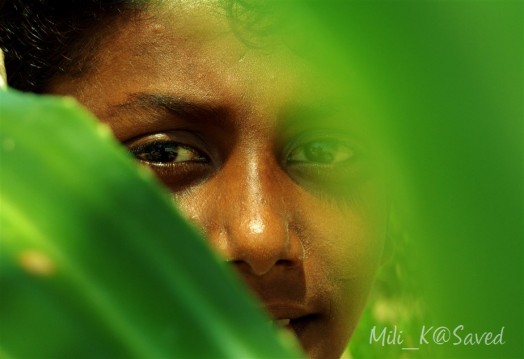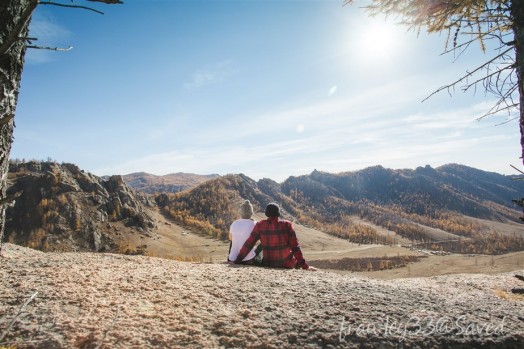I find the discussion around respecting and integrating traditional knowledge from indigenous cultures at the World Parks Congress a fascinating topic for a number of reasons… Not only do I believe that in many parts of the world, indigenous populations continue to represent valuable stewards of protected areas, but time and again, many continue to fight for their land, culture and way of life. An example of this is the landmark opposition to the Keystone XL Pipeline in the US Senate yesterday. The push for the Keystone XL Pipeline from the tar sands of Alberta, Canada to the Southern US has been met with heavy opposition from the environmental world to the indigenous populations of Canada (Chipewyan) and the US (Sioux). For many tribes, its invasive proposed location directly divides culturally sacred and historically sensitive areas. I am proud to be an American today, to know that at this point, although potentially fleeting, there is still enough value and foresight to prevent a seemingly shortsighted and incredibly expensive product to create an “energy independent” nation. Is it not apparent that this is only a facade of energy independence? What happens when the oil runs out in this area? My interpretation is that we will have spent many billions of dollars to create massive infrastructure, once again violated numerous treaties with 1st Nations populations in the US and Canada, and have failed to gain enough moment to go “all in” on responsible, sustainable, health and environmentally minded energy options.
This poses some interesting questions… Do our voices have any clout against powerful financial forces such as those capable of continuing to push the Keystone Pipeline? How binding are the treaties our international governmental organizations have created and how many times will they be explicitly violated before people start to notice? Are protected areas safe once they have been created? How do we continue to gain support and funding to make sure that our protected areas stay protected? When will environmental and human health outweigh short term financial gain? When will we begin ACTUALLY listening to our underrepresented populations enough to start fighting for their rights?
It is apparent that a portion of our society has been disconnected from a way of life inextricably tied to nature, from a simple walk in the woods, to understanding the more complex migration patterns of animals that we once depended on or the location of valuable medicinal plants. To some, this disconnect may parallel progress. There is no denying our species has taken incredible leaps and bounds in the development of technology, energy, space exploration, or by connecting the world through the internet. This is the progression of humans as we know it, and in many ways provides populations across the world with incredible opportunities for improved quality of life. Yet, it is important to remember that some choose to maintain the way of life they have for centuries for a reason. To me, the book “Ishmael,” by Daniel Quinn, is especially relevant in this discussion. In an in-depth discussion about the role of humans in this world, he establishes a definition of the culture of “leavers” and of “takers” that I find interesting; Takers being defined as those of a “dominant culture,” who see humans as the final step of evolution, the end product destined to do with the earth and its other inhabitants as we see fit, because they are here to support us. Quinn defines the Leavers as a population that lives in accordance with the rest of the life on earth. They see themselves as a step in the evolutionary process that share a world with equally important beings and must act as responsible stewards in maintaining the diverse life systems that we exist with. I believe this concept transcends location, gender, race, socioeconomic status, religion and education level.
We all make day to day decisions that affect others, on scales both large and small. We live in a world with incredibly diverse religious, social, environmental, ethical, and educational groups. How can we continue to support these rich and diverse ways of life even though we don’t understand or agree with them all? It is in these decisions that I believe people need to take more responsibility for their actions and how these actions affect others around them. How can we gain more transparency and assure that the leaders we elect are representing the values of our nations’ people? Deborah White Plume, an Oglala Sioux from South Dakota, sums up a united opposition to the Keystone project; when 94 year old grandmothers and 10 year old kids are willing to blockade semi trucks with the risk of arrest in order to protest a shortsighted and unsustainable violation of land and culture, maybe its time we begin to listen. We are all stewards of this world we live in, and I believe it is of the utmost importance that we reconsider how we value its protected areas and the cultures and critters that live within them.







